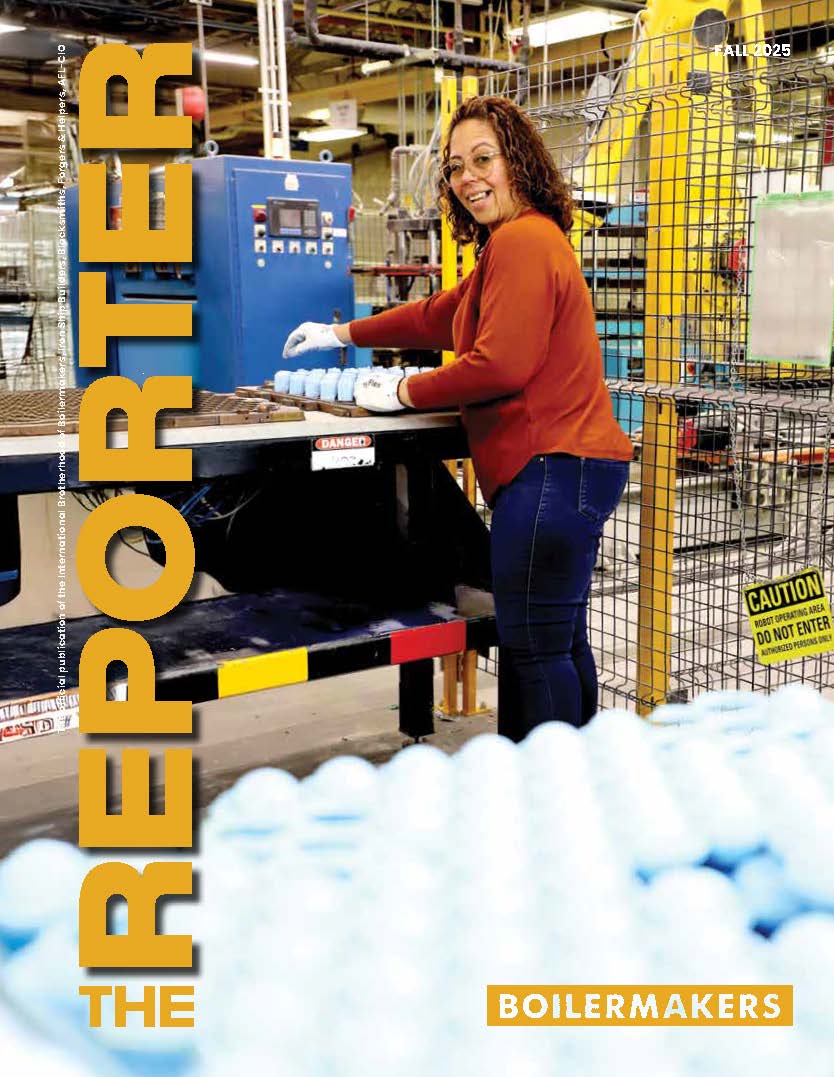The American labor movement has a complex history when it comes to race and inclusion. While organized labor was racially and culturally diverse from the start, many individual unions were slow to integrate, much like the United States as a whole.
In the 19th Century, unions including the Boilermakers often reflected the ethnic makeup of local communities. Irish and Scottish workers were the primary members of the Boilermakers in its early years, followed by English, Germans and Italians, who rose to leadership positions. However, non-European workers and people of color faced significant barriers to membership.
In its early days, the American Federation of Labor attempted to combat racial discrimination, urging member unions to pledge against it. But racial tensions remained a challenge in some unions, reflecting the United States’ general population.
When two Boilermaker groups—the Chicago Group and the Atlanta Group—merged in 1893, they adopted a constitution that restricted membership to white males. This move forced the union to leave the AFL. But not long after, the Boilermakers’ stance began to change. In 1896 the union removed the word “white” from its membership requirements, leading to the union’s re-admission into the AFL. Despite this shift, barriers remained for non-European workers. A constitutional clause stated members had to be from a “civilized country,” a vague requirement that effectively excluded Asian and African Americans.
Within the union, opinions on race were divided. In 1913, Booker T. Washington quoted a letter from Boilermakers International Secretary-Treasurer William J. Gilthorpe, who acknowledged that Black laborers he’d worked with in New Orleans were dedicated to the labor cause. Yet, he noted, the union’s rules prevented their full inclusion. While Gilthorpe supported organizing Black workers, his advice went unheeded. The Boilermakers continued to exclude Black members until 1937.
Economic pressures during the 1930s began to shift the Boilermakers’ stance. President Franklin D. Roosevelt’s shipbuilding program required increased labor, leading him to call for racial inclusion in unions to meet workforce demands. In response, Boilermakers at the 1937 convention voted to admit Black workers. The change came with a catch: Black members were placed in segregated auxiliary lodges, supervised by nearby white locals. This compromise allowed Black workers into the union but kept them in a separate, subordinate class.
Economic factors also played a role in the decision to accept Black members. The Boilermakers faced competition from the Industrial Union of Marine and Shipbuilding Workers, affiliated with the more inclusive Congress of Industrial Organizations. The CIO welcomed African Americans as equals, organizing workplaces including all job categories under one union. This posed a threat to AFL unions like the Boilermakers, which organized by craft and initially resisted integration.
The first non-white auxiliary local was established in Nashville, Tennessee, in 1938, and by the end of World War II, 44 auxiliary locals existed, mostly in shipyards. These lodges provided a foothold for Black workers to enter the skilled trades, but the struggle for true equality continued for decades as Boilermakers and other craft unions plodded to move from segregation to full integration, which reflected a broader change in American society.
In the next issue of The Boilermaker Reporter, read how Roosevelt’s Fair Employment Practices Committee challenged auxiliary lodge practices.






